


Sony has made a few mistakes over the years
The Playstation 4, or whatever it may be called (Orbis, etc) , may be the last hope for an entertainment conglomerate that has managed to find a way to piss off its fans and investors in the past few years. Consider the strange decision to remove user ability to install a different operating system on the Playstation 3. This resulted in hacker groups targeting the entertainment giant which forced Sony to close PSN for 24 days; costing Sony and game companies relying on Sony’s PSN service around $171million. This followed on the heels of a 2009 loss of over 95% of its profit margin during which Kaz Hirai took the helm as CNN asked viewers what he could do to save this dinosaur from the 80s from going extinct. After another series of unfortunate events with a separate login system’s data theft, over 10,000 of employees left without jobs, game companies losing funding after lackluster releases, and a $395,000 fine for breaches of privacy due to the PSN hack, Sony finds itself with very little consumer or investor confidence left. In essence, they are fighting an uphill battle to regain consumer dollars with exception of the most faithful Sony fans.
On February 20th, Sony has invited everyone to be the first to know…something. Most likely, it will be an announcement that the next Playstation console is on its way. You can view the trailer for the event below
So what do we know about the machine that will bring Sony out of the 80s business model and make them profitable again?
Well, aside from rumored tera flopping power, GPU, and CPU data which is reportedly based on existing hardware rather than a joint venture to create a superchip, there are about 2 billion unsubstantiated claims for each flop the PS4 can reportedly perform. Here is a collection of some of the most plausible rumors with a little bit of deduction thrown in because…with so many rumors, why not?
The Controller
The first thing to talk about with any Sony system is the controller. The Dual-shock has been the standard for 3D controllers since the Playstation 1 came out in the late 1990s. So, it comes as a surprise to hear that the new PS4 controller will be both the next evolution of the Dual-Shock AND a complete break from it.
In a report released by Destructoid, interested parties got to see a glimpse of an alleged prototype of the PS4’s controller. This controller has a small touch-screen embedded in the controller itself. While this is similar to the screen of the Wii-U, for me it reminded me more of the old Sega Dreamcast controllers with their removable memory units which were small and mostly useless (unless you love Tamagatchi). Doing something, anything on a screen that small seems unlikely unless it is as responsible as a smart-phone’s screen.
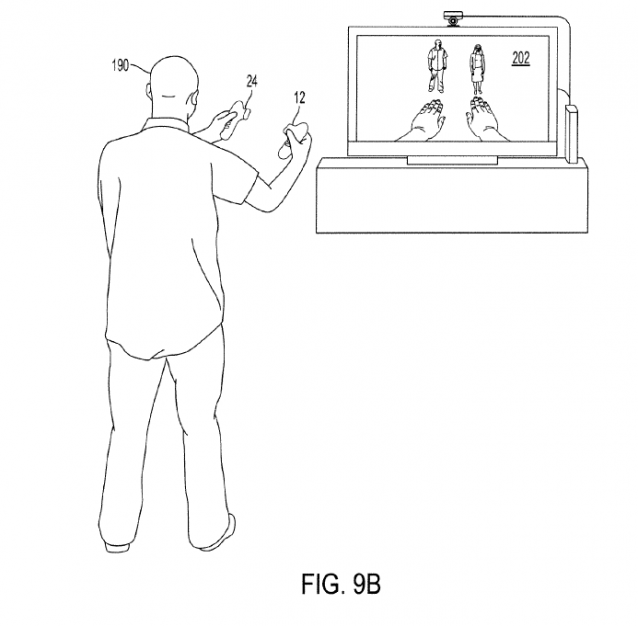
There are two things to consider here. First, Nintendo has mostly broken from the idea of motion controls as a central component of any system. Instead, it has opted to use the existing infrastructure, keeping it around in case anyone does anything with it. It has ceased to be a marketable feature.
Because it worked so well, there seems to have been no need to provide yet another reason for developers to avoid making a game on the system. This decision puts the Wii-U at a distinct advantage when considering development given that the technology has been around for at least 7 or more years.
Another thing to consider is that if you go back a few rumors, there was a patent that Sony filed that detailed the move-based controller. Because of the lawsuit with the rumble-technology partner Immersion, partially owned by Microsoft, it may be that Sony is most likely to abandon the six-axis/dual-shock controller design for something new. This is backed up by a very lengthy patent on the move controller. This patent received very little press but it is interesting because it is essentially a controller that can be split in half to represent different limbs…or whatever a designer may like. The other interesting thing about this patent is the process stuff contained further down.
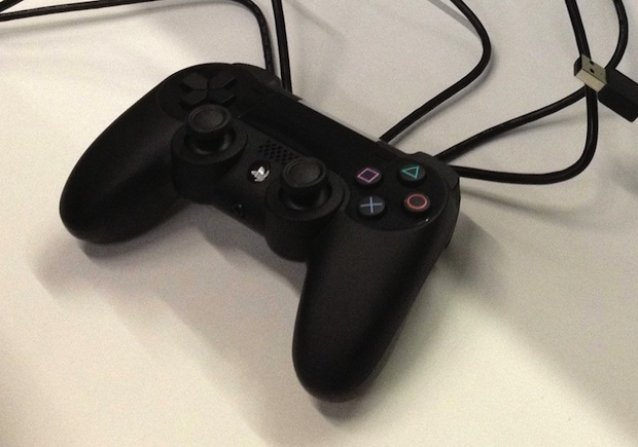
Verdict given the evidence about controllers
Truth be told, in considering an either/or scenario, the most plausible explanation is usually a little of both. While a tiny screen doesn’t make any sense, if there are prototypes floating around that do use it, maybe Sony has gone ahead and tried it out. The augmented Move controller in addition to cloud processing may allow for simultaneous or competitive online play involving real-time gestures between people. Motion video games do not usually employ any sort of online play so this would be a unique opportunity for Sony to grab interested users.
Cloud-Gaming, the Great Eye, cloud-based accounts, and who owns the games?
One thing that is interesting about all the Playstation 4 rumors is a purchase that Sony completed in 2012 - a cloud-based gaming service called Gaikai. It seems a little fool-hardy to assume that Sony would not be using this particular acquisition to help them ease the absolute pain of the initial PS3 product launch. Waiting for an hour to play something like Metal Gear Solid 4 was excruciating and thanks to Nintendo and Apple, ease of use is certainly on everyone’s minds – just plug it in a play (Wii U’s system updates are a contradiction here meant for another discussion). (EDIT: This was nearly correct. For now, Sony has announced that they will be using Gaikai to make Playstation's library available to stream. See source here though original source is behind a Wall Street Journal paywall).
That said, one of the strangest things about the PS4’s development is the changes they’ve made to The Sony Eye (if patents are to be believed). While this product was certainly one of the most random and strange of Sony’s PS3 peripherals, it seems to have been augmented to include 3d depth perception and to interact with the Move system. It would be surprising to discover that they are not including this with the system purchase.
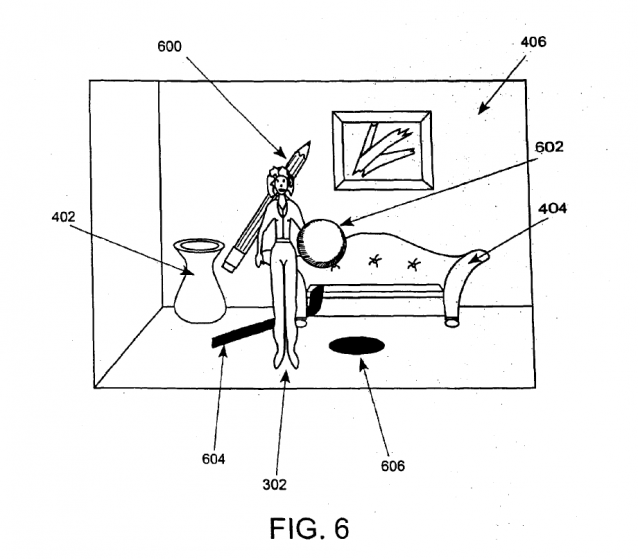
User accounts are of interest in this next generation. By taking another Nintendo idea, storing accounts in a controller, and augmenting it, gamers from around the world could go to each other’s houses and playing games together. However, this begs the question of ownership.
Who will purchase the games that these folks will be playing? With rumors of the impending disassembling of the used game market, it might be a surprise to everyone if Sony used the cloud streaming technology from Gaikai to allow users to pay monthly fees to play games instead of purchasing them. It would make the most sense to believe that instead of allowing multiple players to play a single purchased game (the antithesis of a non-used game market), that they would maximize possible income, negate the need to manufacture, and combat game sales by bucking physical media in any form. While Onlive failed, the concept certainly turned a few heads. This also would allow Sony to grant access to a variety of older titles that they have routinely said are too difficult to program backward compatibility for.
Price Point and finishing things up
So, because it is based on existing technologies, the evaluation seems to be that the price point will be relatively low. The PS3 was such a loss that Sony will most likely take this brief reprieve in maximimizing teraflops to get some easy cash to sink into development of their next technologies like their new super HD televisions and projectors.
In the end, there is a lot riding for Sony as they struggle to overcome their massive size. This article has avoided any mention of next generation game titles as the only titles we’ve heard rumors about are current gen titles being remade or added to (God of War, Twisted Metal, etc). Look forward to the press event on the 20th and deluge of rumors, speculations, and trolls that will not doubt force us all into a depressed disappointment. Consider the following gif when thinking about how this press conference will go:





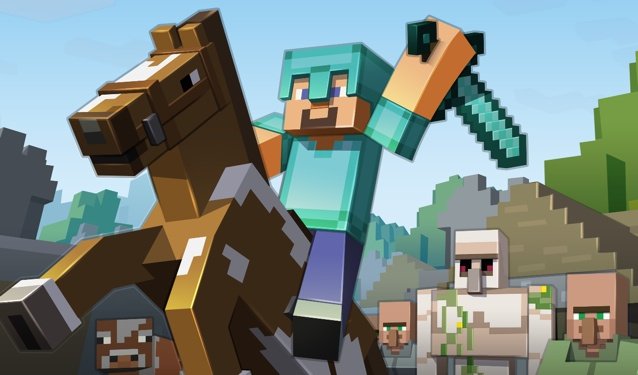 Best Minecraft 1.6 Seeds List
Best Minecraft 1.6 Seeds List Marvel Future Fight (iOS / Android) beginners guide / tips
Marvel Future Fight (iOS / Android) beginners guide / tips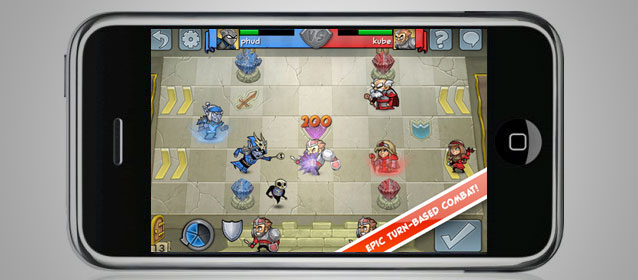 Top 25 Best Free iPhone Games
Top 25 Best Free iPhone Games Fuse (video game) Wiki .
Fuse (video game) Wiki . Top 11 The Witcher 3: Wild Hunt's Easter Eggs You Might Not Have Noticed
Top 11 The Witcher 3: Wild Hunt's Easter Eggs You Might Not Have Noticed